The Traditional Education System
The traditional education system has long been the predominant method of learning for students around the world. This system typically involves a structured curriculum, standardized testing, and a one-size-fits-all approach to education. While this system has its benefits, such as providing a consistent framework for learning and assessment, it also has its limitations. Many students struggle to thrive in this environment, feeling stifled by the rigid structure and unable to fully engage with the material.
The Rise of Alternate Learning
In recent years, there has been a growing interest in alternate learning methods that offer a more flexible and personalized approach to education. These methods aim to cater to the individual needs and learning styles of students, allowing them to learn at their own pace and in a way that works best for them. Alternate learning can take many forms, including online courses, project-based learning, and experiential learning opportunities.
Online Courses
One of the most popular forms of alternate learning is online courses. These courses allow students to learn from anywhere, at any time, and at their own pace. Online courses can cover a wide range of subjects, from traditional academic topics to more specialized areas of study. They often include interactive elements such as videos, quizzes, and discussion forums, making learning more engaging and interactive.
Project-Based Learning
Project-based learning is another form of alternate learning that has gained popularity in recent years. This approach involves students working on real-world projects that require them to apply their knowledge and skills to solve complex problems. Project-based learning encourages collaboration, critical thinking, and creativity, helping students develop a deeper understanding of the material and its practical applications.
Experiential Learning
Experiential learning is a hands-on approach to education that allows students to learn through direct experience. This can include internships, apprenticeships, field trips, and other immersive learning opportunities. Experiential learning helps students develop practical skills, gain real-world experience, and make connections between theory and practice.
The Benefits of Alternate Learning
Alternate learning methods offer a range of benefits for students, educators, and society as a whole. Some of the key advantages of alternate learning include:
– Personalized learning: Alternate learning allows students to learn at their own pace and in a way that works best for them, catering to their individual needs
- What is alternative ways of learning?
Alternative learning methods are ways of highlighting the ways in which a student learns best. This may be an issue of how the information is absorbed, or it may be a structure through which the information is interrelated. - What are alternative learners?
Alternative Learners are kids who struggle with everything from minor organizational problems to diagnosed issues such as learning difficulties, ADHD, or autism spectrum conditions. - What are alternative teaching methods?
According to research conducted by a group of professors from the University of Venezuela, alternative education methods refer to “an educational process that facilitates learning and teaching” when using different teaching strategies to provoke interactions among people from various fields of social actions. - What does alternative study mean?
A study conducted in 2010 by Jennifer Sable, Chris Plotts and Lindsey Mitchell defines an alternative education as “a public elementary/secondary school that addresses needs of students that typically cannot be met in a regular school, provides non-traditional education, serves as an adjunct to a regular school, or … - What is the purpose of alternative education?
The purpose of alternative education is to provide an educational option for students with risk factors that impede their progress in the traditional school environment. Some of the common elements of programs include: Deliberate, student-centered focus. - What are some examples of alternative education?
- Boarding schools (residential educational facilities)
- Vocational centers, often with job training opportunities.
- Magnet schools, typically designed to attract students for certain subjects.
- Independent study programs where students study online or remotely.
- What do you mean by alternative?
Definition of alternative(Entry 1 of 2) 1 : offering or expressing a choice several alternative plans. 2 : different from the usual or conventional: such as. a : existing or functioning outside the established cultural, social, or economic system an alternative newspaper alternative lifestyles.
- What is homeschooling learning?
Homeschooling (also referred to as home based learning), is an educational process where parents or tutors teach children at home, instead of having them formally educated in a public or provided school setting. - What is blended learning meaning?
The term blended learning is generally applied to the practice of using both online and in-person learning experiences when teaching students. … Also called hybrid learning and mixed-mode learning, blended-learning experiences may vary widely in design and execution from school to school. - What is alternative learning materials?
However, in this context alternative learning materials refer to types of textual material that were not originally intended for teaching, but have a suitable degree of difficulty to be used in a classroom setting. - What is alternative thinking education?
Promoting Alternative Thinking Strategies (PATHS) is a school-based social and emotional learning (SEL) curriculum that aims to help children in primary school manage their behaviour, understand their emotions, and work well with others.
